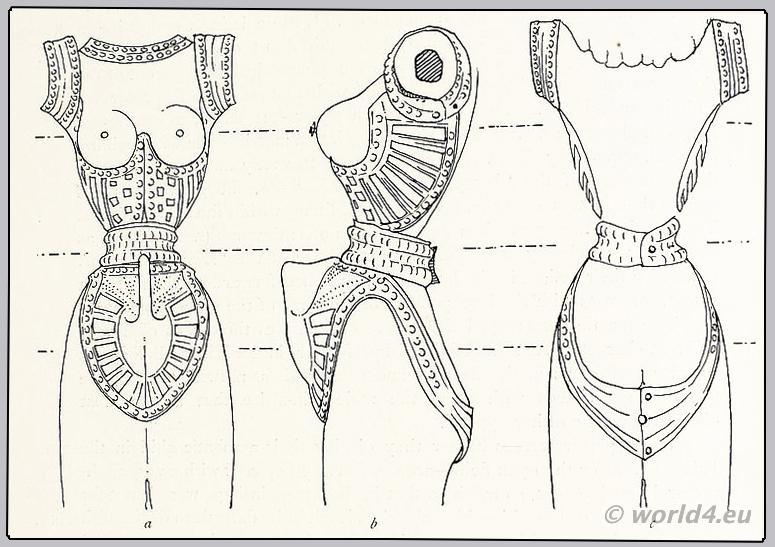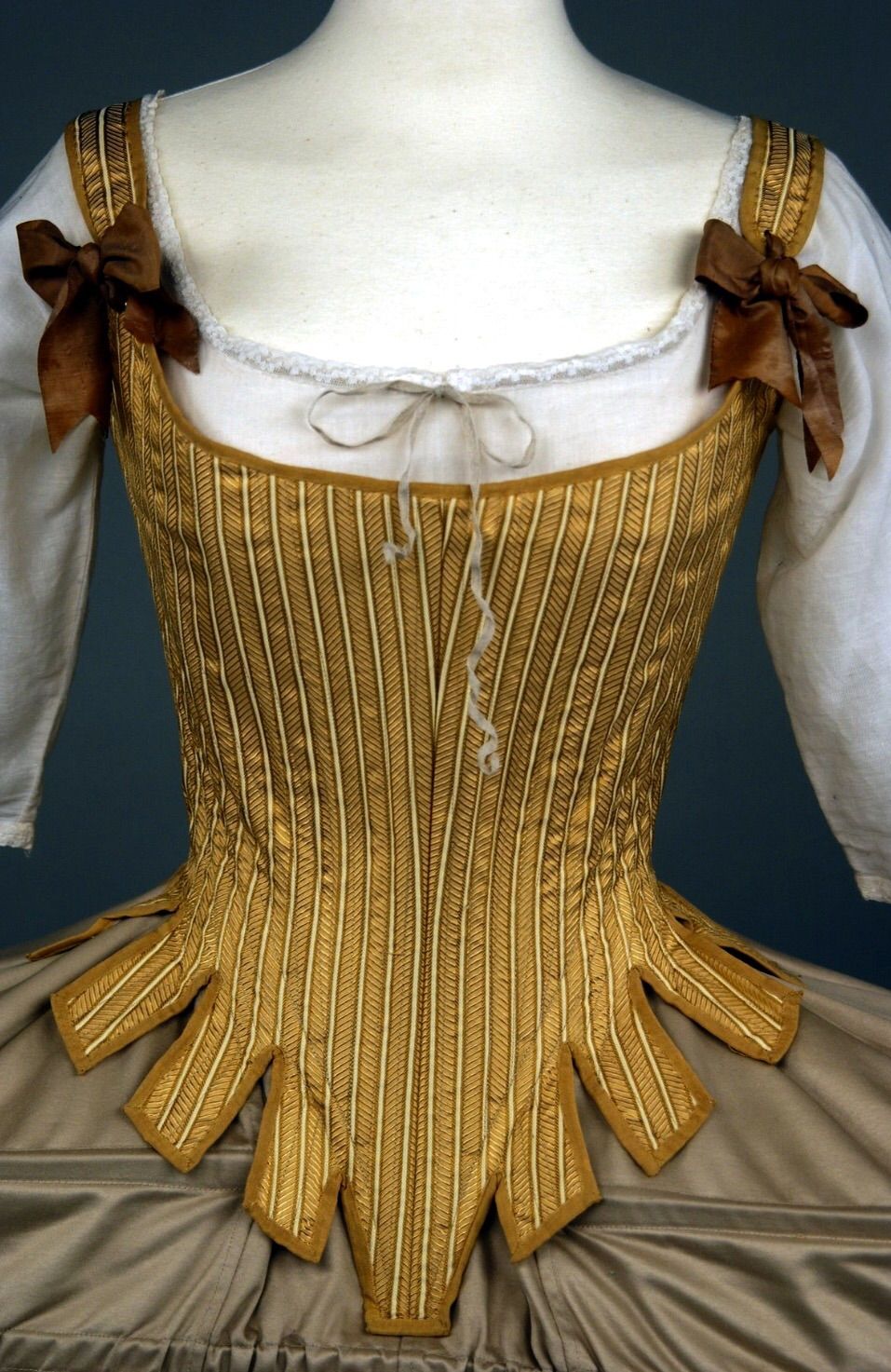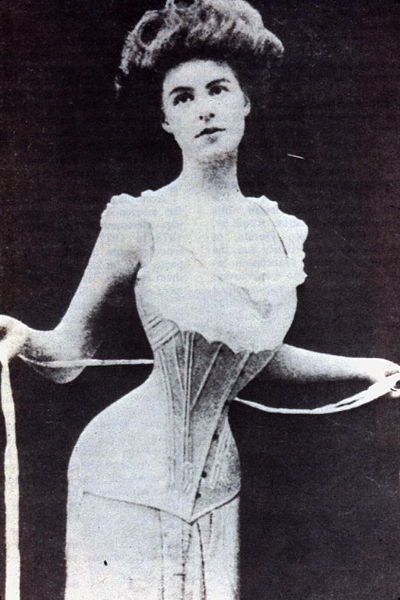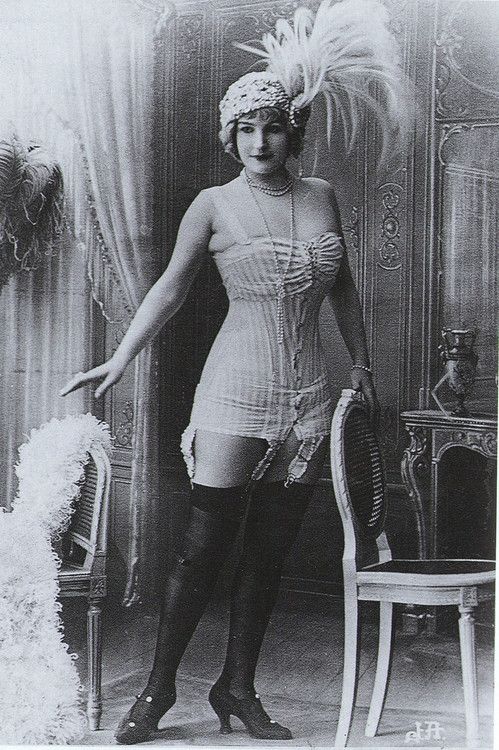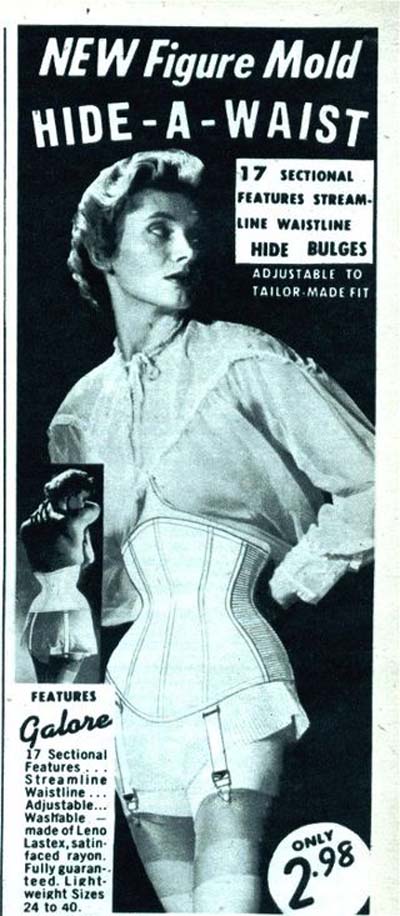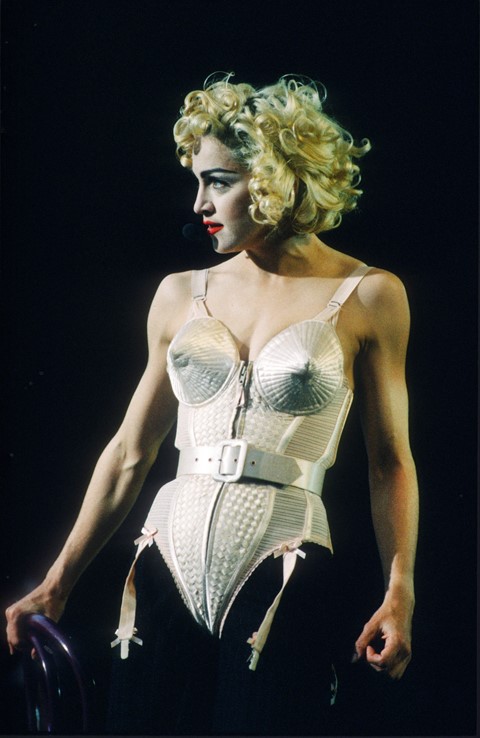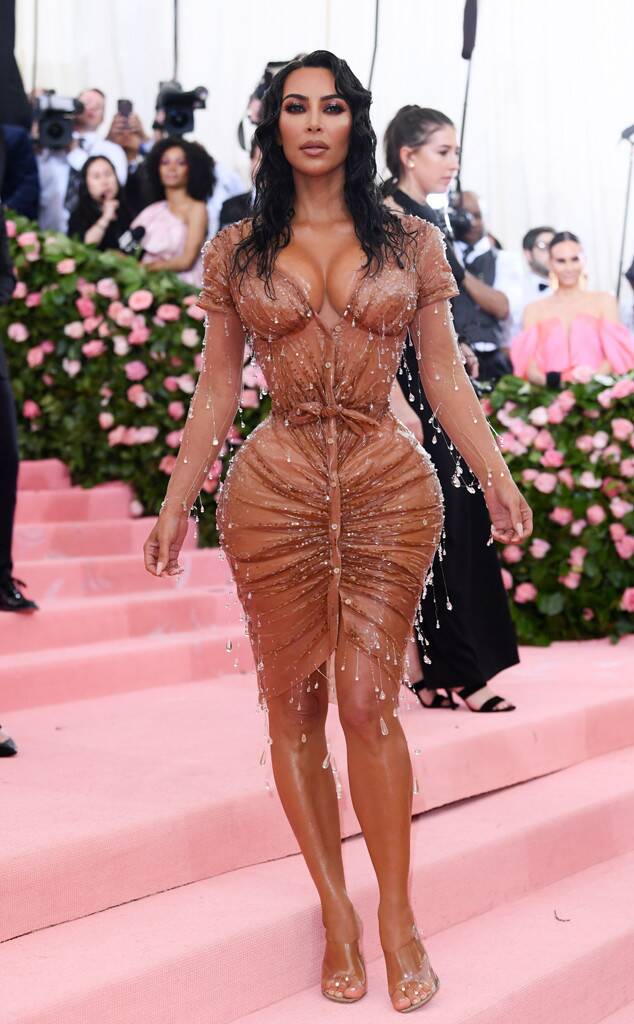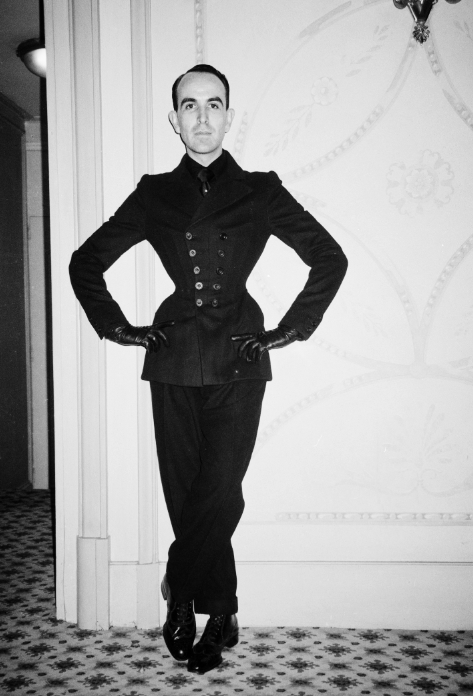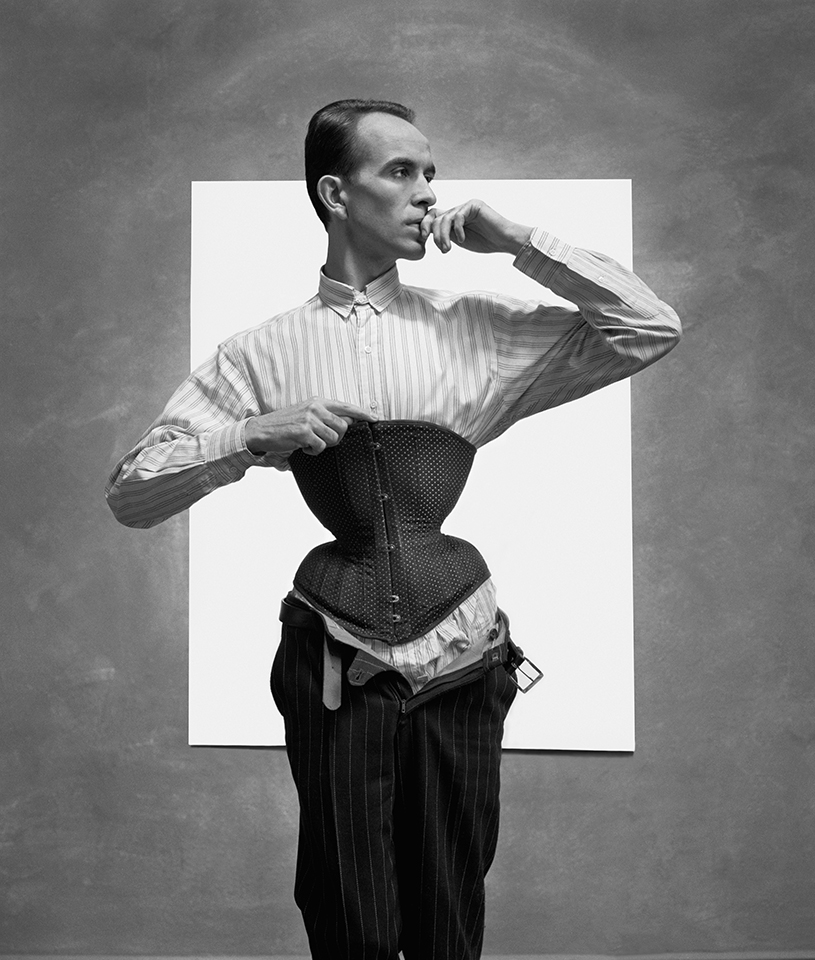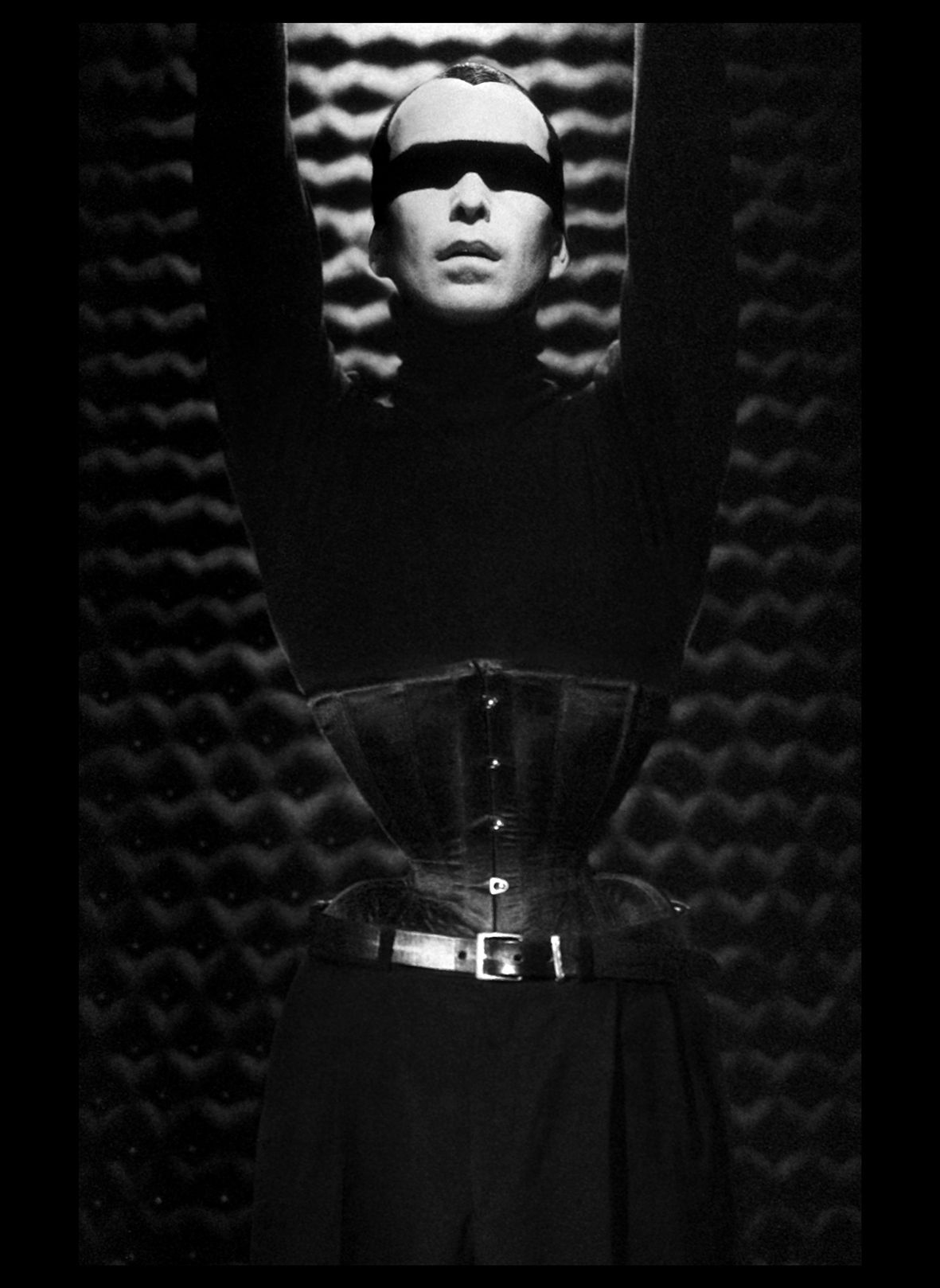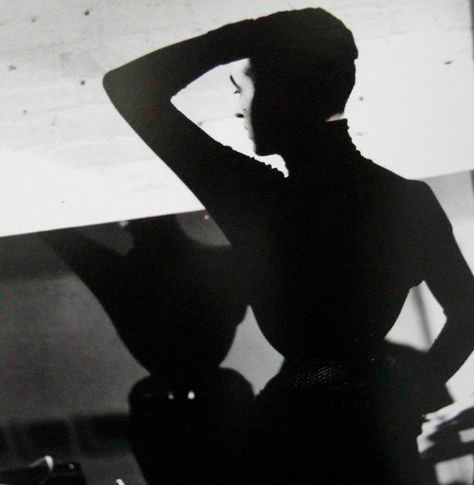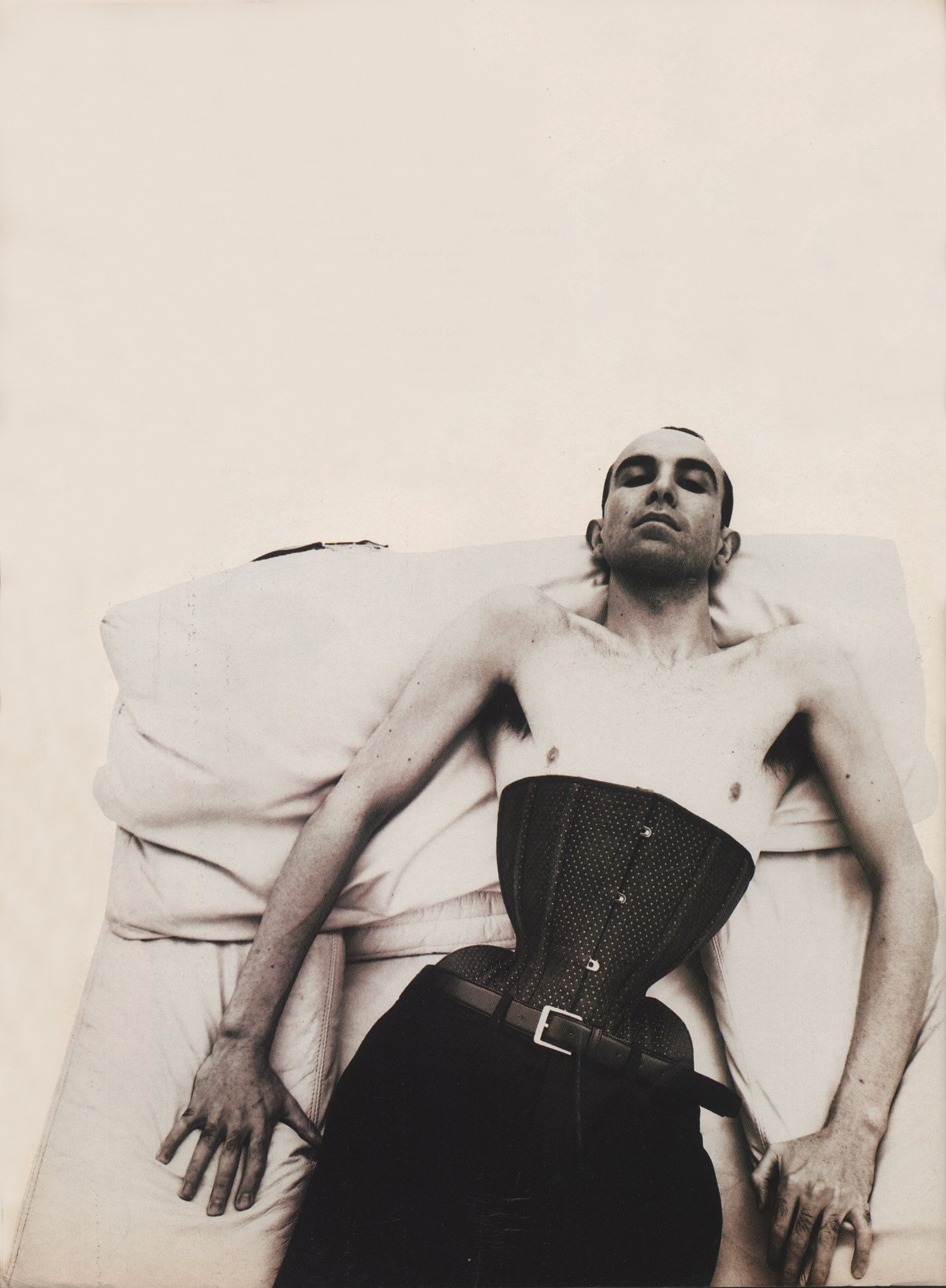Mr Pearl and the History of Corsetry
Header Image Source: https://www.anothermag.com/fashion-beauty/2213/insiders-no-50-mr-pearl
Thumbnail Image Source: https://www.scadartsales.com/art/artists/michael-obrien/mr-pearl-nyc
By Hannah Schmidt-Rees
A symbol of the Victorian era, an exaggeration of the female form, an instrument of oppression and a part of fetishism; the corset is one of the most interesting parts of fashion. Constructed of typically silk and steel boning (within modern corsets), the corset aims to slim and cinch the waist in order to achieve a ‘feminine’ silhouette. But where did the corset come from, and who is Mr Pearl?
The first recorded corset originated from Greece, worn by the Minoan people between 2700 and 1100 BC. Both men and women were painted wearing constricting belts that shaped and minimised the waist. Resurfacing in the 15th century, wealthy French women wore 'cottes' a tight fitting garment that created a thinner waistline. From that point, the use of corsetry became incredibly widespread among the rich upper classes of European society. Typically only worn by women at this time, corsets between the 15th and 17th century cinched the waist while also pushing up the breasts, as exposing the décolletage was a status symbol and a sign of beauty. 18th century corsets became even more constricting, including shoulder straps that pulled the shoulders back until the shoulder blades almost touched.
The 19th century brought many innovations in corsetry, including the introduction of the front fastening busk, which allowed a woman to put on her corset all by herself. The corsets became stiffer and tighter fitting, typically using as many as 100 bones to achieve the cinched shape. The Edwardian era dramatically changed the design of the corset, as the S-Bend grew in popularity. The cinched waist was exchanged for an upright torso that brought attention to the bustle of a woman's outfit. Silk became a popular material in corsets, as they were now being seen as lingerie rather than a utilitarian undergarment. It's widely known that within the Victorian and Edwardian era, the corset was seen as a restricting garment that oppressed women. The Suffragettes adopted looser clothing as a way to protest and lead the march for women's voting rights, so by default the corset became a symbol of patriarchal oppression instead of a tool for posture and support.
The relaxation of the corset continued into the 1910s and 1920s, becoming longline in shape and using less boning than its predecessors, creating a garment that will inspire the girdle in later decades. The influence of World War I and World War II led to a simplifying of the corset into a two piece slimming garment, until Christian Dior launched his New Look in 1947 and brought back the traditional shape. The 1950s featured the corset as well as the girdle, however more elastic materials were used instead of stiff boning. The corset slowly fell out of everyday wear between the 1960s and the 1990s, typically only seen on couture runways and on celebrities (such as Madonna's cone bra corset by Jean Paul Gaultier). Women began to wear slips, which slimmed the figure without the intensity of a corset.
Fast forward to today, and the corset is slowly coming back into fashion. Whilst the traditional corset is still typically only seen on celebrities and couture runways, the modern interpretation of the corset; the waist-trainer is becoming increasingly popular in everyday fashion. The trend of a small waist (as paraded by Kim Kardashian and Kylie Jenner), the incorporation of the corset into fetishwear, as well as the resurfacing of vintage/pin-up fashion is leading to a return of the traditional silhouette that corsetry can achieve.
One cannot talk about corsetry without mentioning legendary corsetier Mr Pearl. Committed to his craft to the point of wearing a corset 24/7 in order to achieve an 18-inch waist, Pearl is one of most iconic and extreme corsetiers in today's world, even creating corsets for designers like Thierry Muger, Alexander McQueen and performer Dita von Teese. As a child, Pearl laced his grandmother into her corsets, which sparked an interest and a lifelong dedication into the controversial garment. "My grandmother wore corsets so I became fascinated by them. They were always salmon-pink. She used to let me lace her up. It took a long time as there were lots of eyelets and laces, but it was a great treat." says Pearl.
Pearl working for Thierry Mugler
Immersing himself in the nightclub culture in 1980's London, the former ballet dancer became a regular in the club kid scene, under the alter-ego 'Mr Pearl'. Becoming friends with Leigh Bowery at Taboo (you can read about him here) completely changed the course of Pearl's life, and Pearl became his assistant to help with the creation of Bowery's looks. "Meeting and working with Leigh was a revelation. His inspiration sees me through from day to day. His beautiful generosity made me understand that extreme is what it is all about." says Pearl. Moving on to making costumes for the dance artists Michael Clark and Matthew Hawkins, Pearl began to learn how to manufacture a tiny waist using fabric. Without being formally trained, Pearl used old corsets to learn construction techniques, as well as beginning to lace himself in his own corsets. His first clients were Pete Burns from Dead or Alive and Susanne Bartsch, who were also regulars in the 80s club scene. Making the outfit for Susanne Bartsch for her first Love Ball in 1989, Mr Pearl was introduced to Thierry Mugler, who then invited Pearl to move to Paris to make corsets for his runway shows.
At a club in King's Cross, Pearl's tightly corseted waist caught the eye of Alexander McQueen, who then asked him to model at his next runway show, his Spring 1995 'The Birds' collection. You can watch Pearl walk in this video (skip to 13:15), the reactions by the front row are priceless. After that point, Pearl made a corset for McQueen's next show, a lilac moire corset with black Chantilly lace.
A constant client and collaborator is burlesque performer Dita von Teese, who has worn Pearl's corsets for shows and even as part of her bespoke wedding gown. "I feel very fortunate to know this man who lives for glamour and keeps this lost art of corsetry alive and well. In this era when everyone wants everything quickly and cheaply, Mr Pearl is here for those of us that comprehend the true art of haute couture, understand the value of it and are patient enough to take the time to let it happen."
Now only working for private clients, Mr Pearl still works towards achieving the ultimate silhouette. With his corsets taking at least three sittings and between one to six months to construct, Pearl is one of the last traditional corsetiers in the couture industry. He refuses to use modern technology and doesn't like to be photographed outside of runways appearances and fashion shoots. You might not have known this, but Mr Pearl was responsible for Kim Kardashian’s tiny waist in her wet Thierry Mugler look for the 2019 Camp Met Gala.
“My work is not about being fashionable. I do not follow fashion at all. I’m interested in an ideal, a kind of expression of elegance, which really has nothing to do with fashion.”
Corsets will always have a different reputation to different people. Some see it as a symbol of women’s oppression in the Victorian era, others as a way to embrace the female form and femininity. I personally find corsets incredibly beautiful. One of my favourite eras of fashion is the 1940s, which is typically known for its small waists and exaggerated feminine silhouette. Taking one’s natural silhouette and pushing it to the extreme is something that I admire greatly. Life’s too short not to push things to the extreme (as long as it’s done responsibly and safely). There’s been so many times where I’ve almost bought a corset, I haven’t yet but knowing me, it’s bound to happen sooner or later. I’ve previously been able to cinch my waist down and I absolutely love both the look and the feeling of an intensely cinched waist. Getting down to a small waist by corset has been a dream of mine for a while, and who knows, I might actually make it happen.

